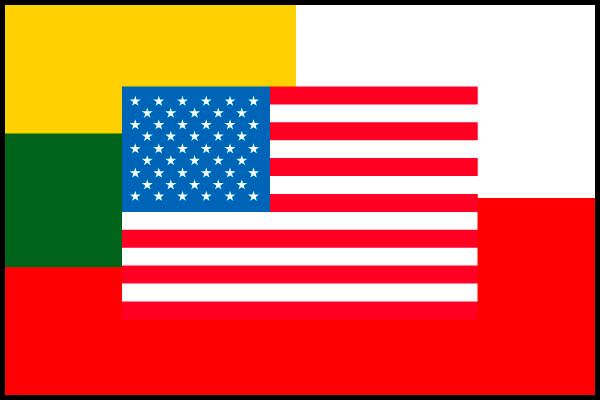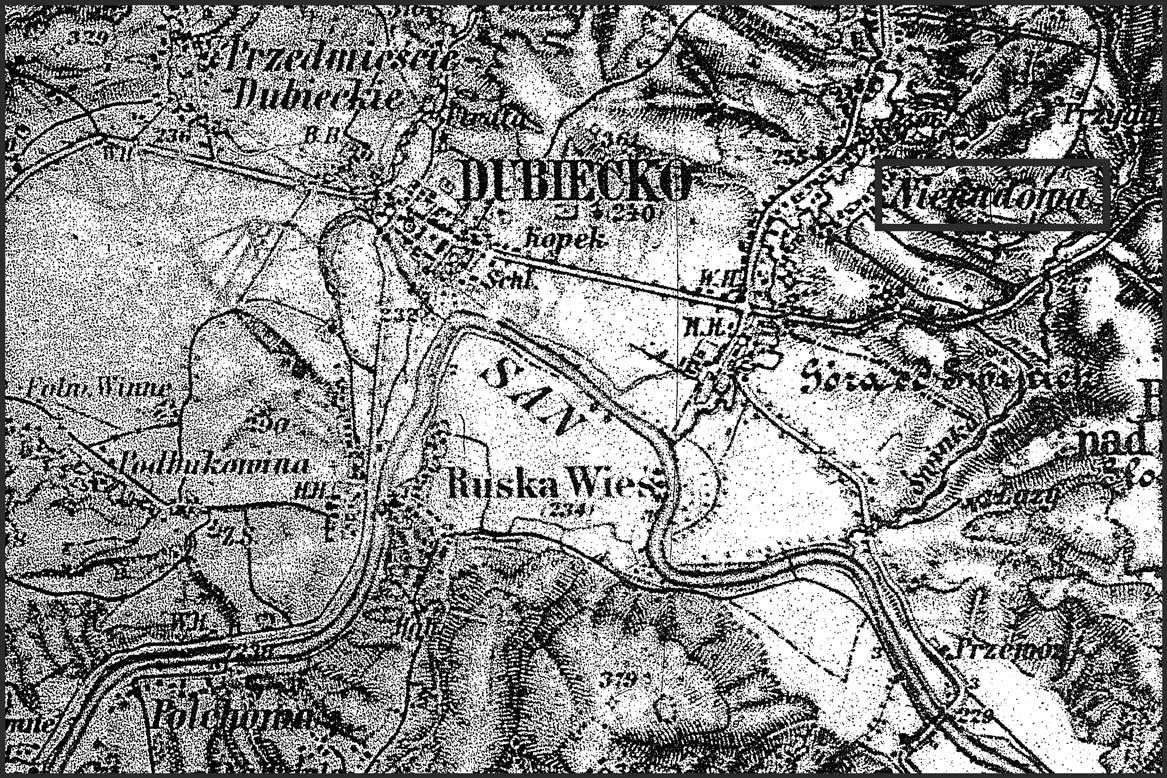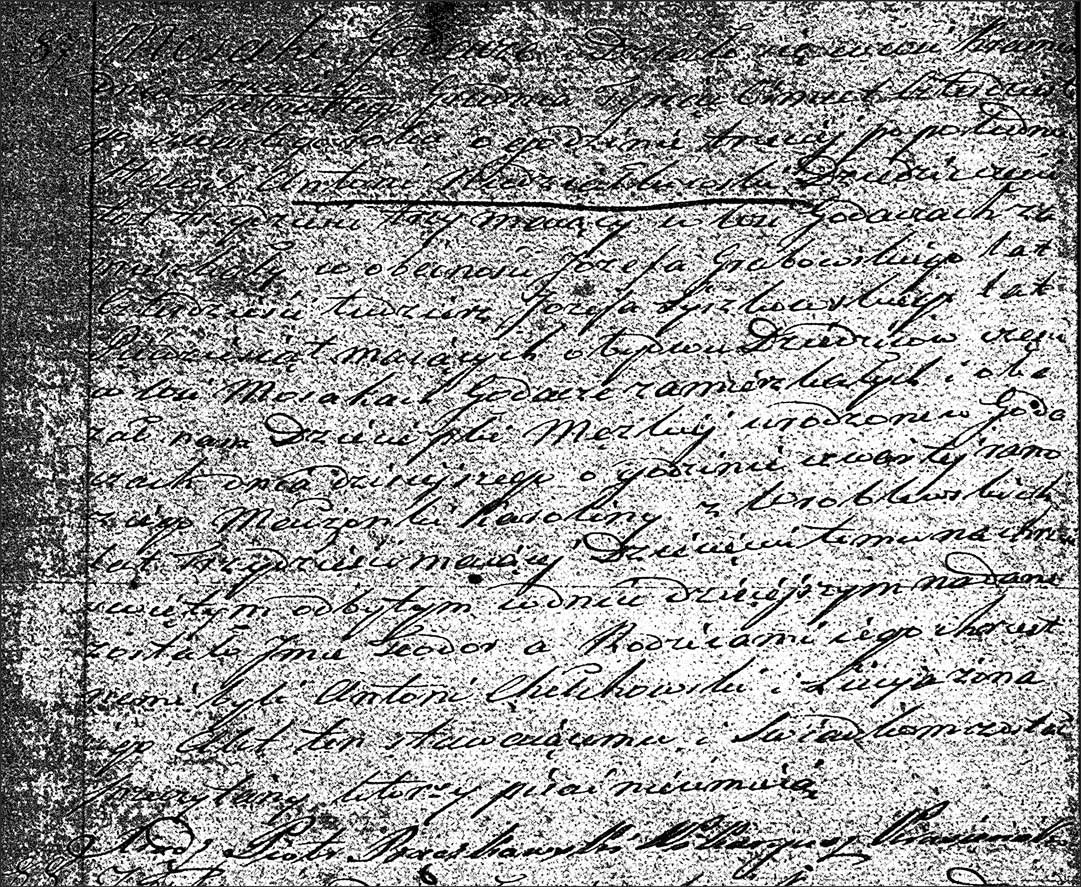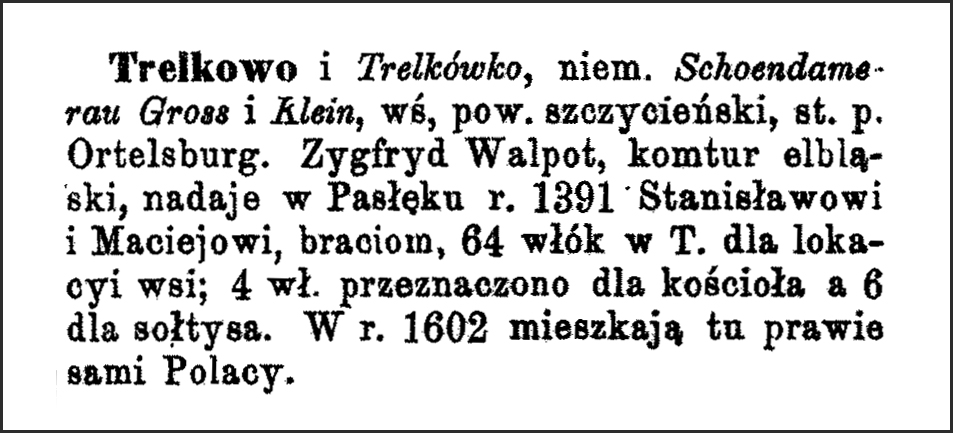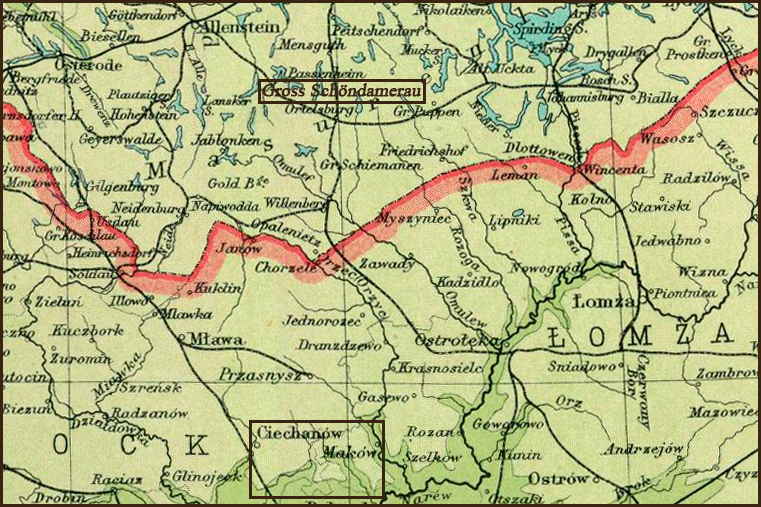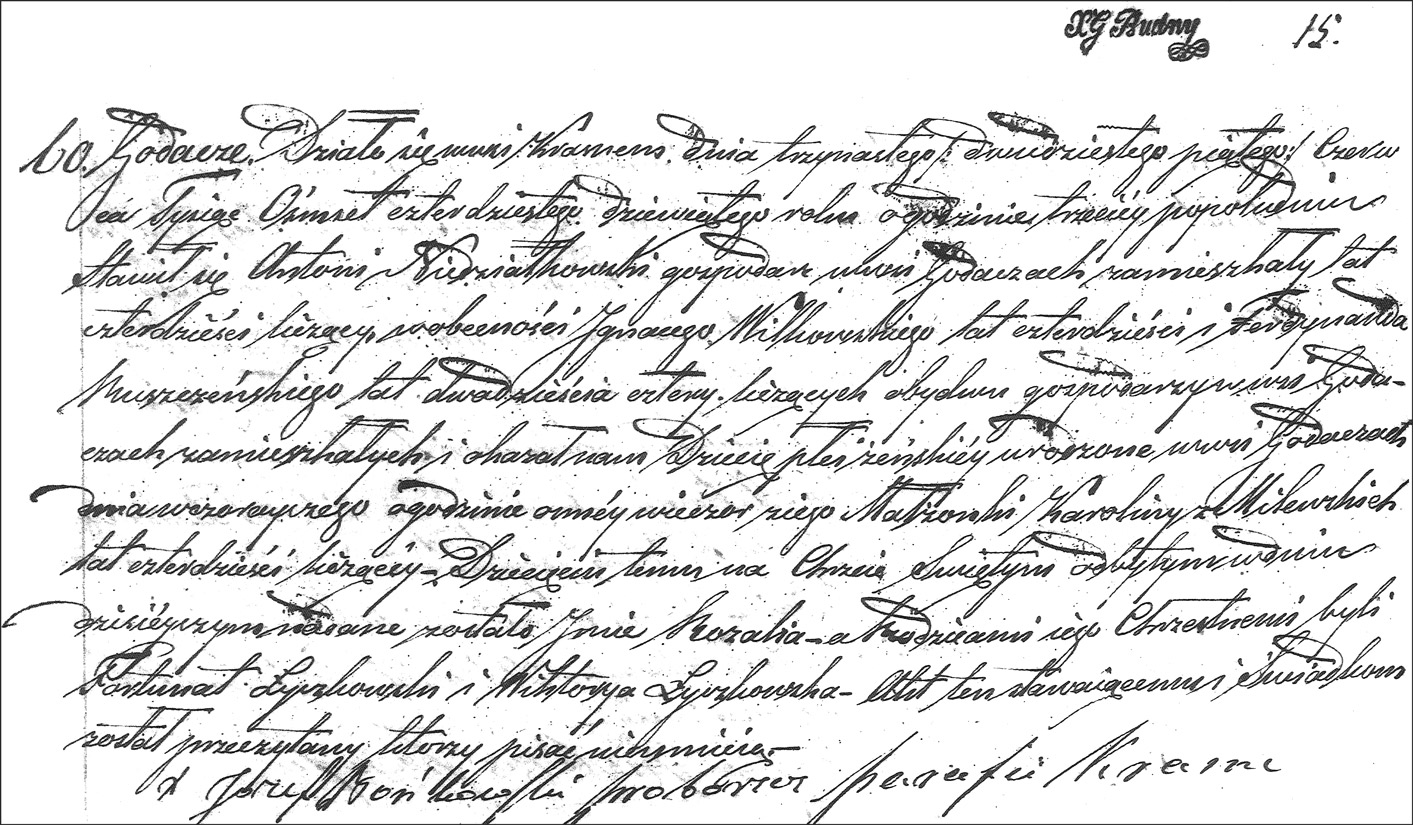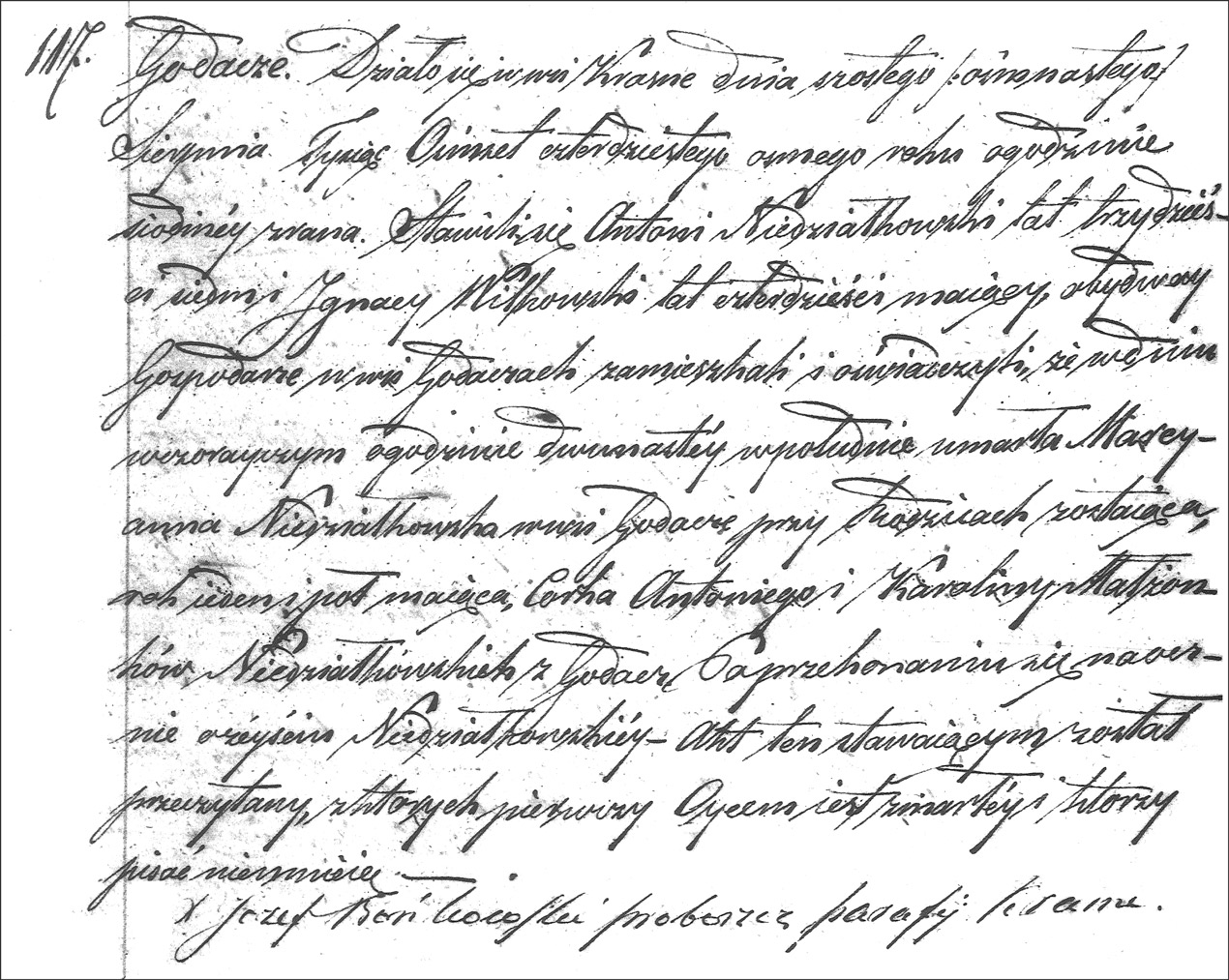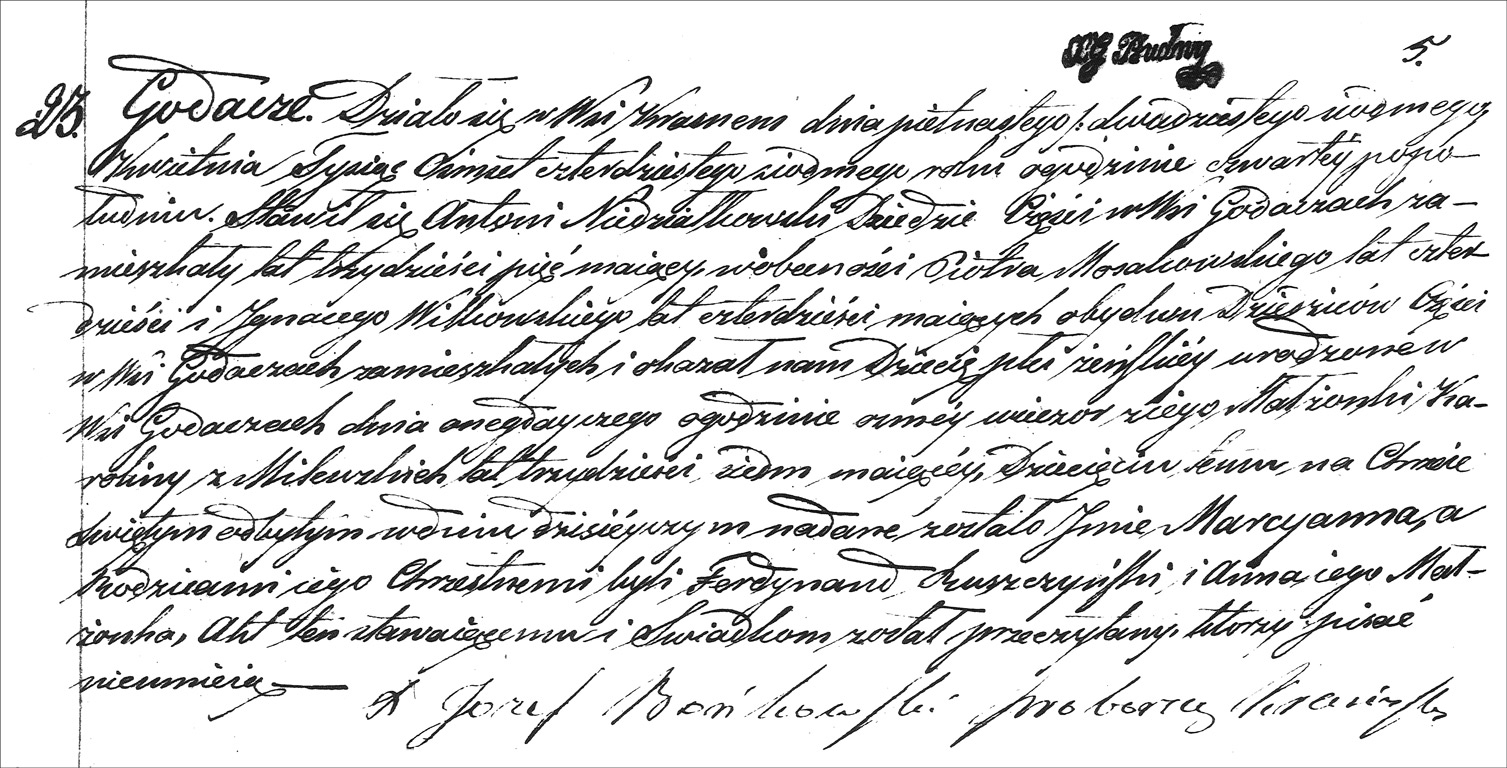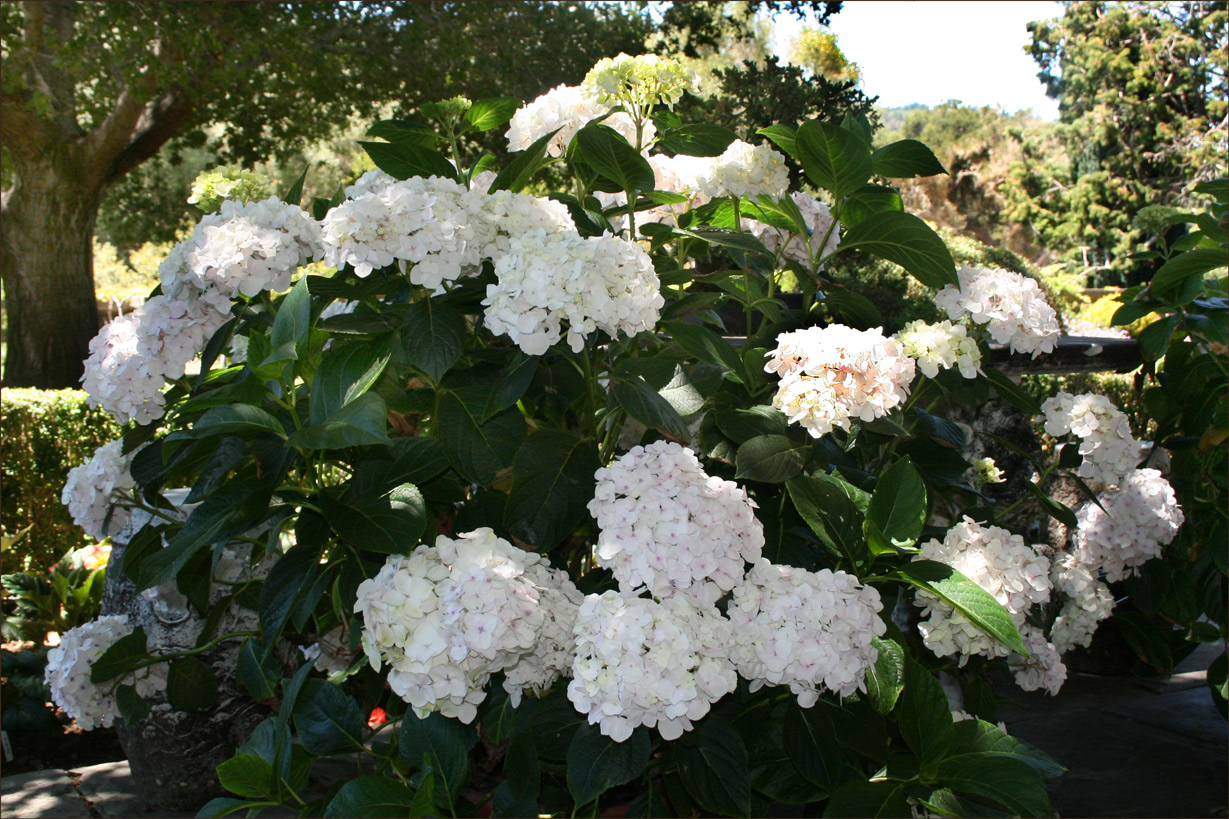On Wednesday evening I spent a couple of hours at my local Family History Center to browse through the microfilmed parish records of Szwelice, Poland. I had been waiting about two months for these films to arrive and was happy to learn that they are now available.
The Family History Library catalog includes seven films with records from Szwelice, Poland. On Wednesday, I examined two of these films: FHL INTL Film 1958806 and FHL INTL Film 1958807.
IÂ acquainted myself with the records included in these microfilms. Each film was divided into several Items, each Item being a single book of birth/baptism, marriage, or death records.
FHL INTL Film 1958806
- Item 1: Births/Baptisms continued from FHL INTL Film 1958805 – October 1867-December 1869
- Item 2: Birth/Baptisms from 1870-1879
- Item 3: Births/Baptisms from 1880-1884
- Item 4: Births/Baptisms from 1885-1889
- Item 5: Marriages from 1826-1853
- Item 6: Marriages from 1853-1881 (film ends in the middle of the records from 1880; it includes 1880 marriages #1-26)
FHL INTL Film 1958807
- Item 1: Marriages 1853-1881 (film begins in the middle of the records from 1880; it includes 1880 marriages #25-28)
- Item 2: Marriages 1882-1889
- Item 3: Deaths 1826-1846
- Item 4: Deaths 1847-1877
- Item 5: Deaths 1878-1885
- Item 6: Deaths 1886-1889
- Item 7: Records from Święcieniec Parish
- Item 8: Records from Święcieniec Parish
When examining these films, I recorded the exact name of the book microfilmed in each item so that I could include these names in my source citations.
Each book included a label on the front cover, describing its contents. These labels appear to have been added at some relatively recent time, since the labels on all the books are written in the same hand.
The books of births/baptisms were titled:
Księga Ochrzczonych
parafii Szwelice
Od #### do #### r
The books of marriages were titled:
Księga Małżenstw
parafii Szwelice
Od #### do #### r
The books of deaths were titled:
Księga Zaślubionych
parafii Szwelice
Od #### do #### r
To cite my sources, I want to use the guidelines described in Evidence Explained (Mills, Elizabeth Shown. 2007. Evidence explained: citing history sources from artifacts to cyberspace. Baltimore, Md: Genealogical Pub. Co.) . Although Mills does not provide examples for Polish church records, she does provide a format for German church records (section 7.40). Adapting Mills’ recommendations for German church records to Polish church records, the format for a source list entry should include:
Name of parish (location of parish). Polish-language label created by the filmer. Current location of original register. FHL microfilm number and item number. Family History Library, Salt Lake City, Utah.
The format for the first reference note should include:
Name of parish (location of parish), “Title of book in Polish [Title of book translated into English],” page on which the entry appears, name of individual to whom the entry refers, date of entry; filmed as FHL catalog title; FHL microfilm number and item number.
The format for subsequent reference notes should include:
Name of parish (location of parish), “Title of book in Polish,” page on which the entry appears, name of person to whom the entry refers.
I know the present name and location of the parish: Parafia pw. św. Jana Chrzciciela (Szwelice, gm. Karniewo, pow. makowski, woj. mazowieckie, Republic of Poland). Although the name of the parish changed over the years, IÂ assume I should use the present name and location of the parish in the source citations.
On Wednesday evening, I had recorded the title of the books in Polish and English . By referring to the Family History Library catalog, I learned that the microfilms were made from manuscripts in Warsaw and in the Archdiocesan Archives in Płock.
I still need the Polish-language label created by the filmer, something I’ll have to record on my next visit to the Family History Center. I’ll also need to record the page number and entry number for each record I plan to cite.
With the current trend of genealogy software manufacturers to accommodate source citations that comply with the guidelines in Evidence Explained, I’m looking forward to getting my citations in order!
Copyright © 2008 by Stephen J. Danko


